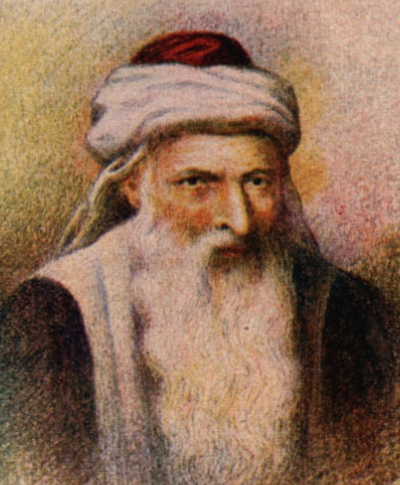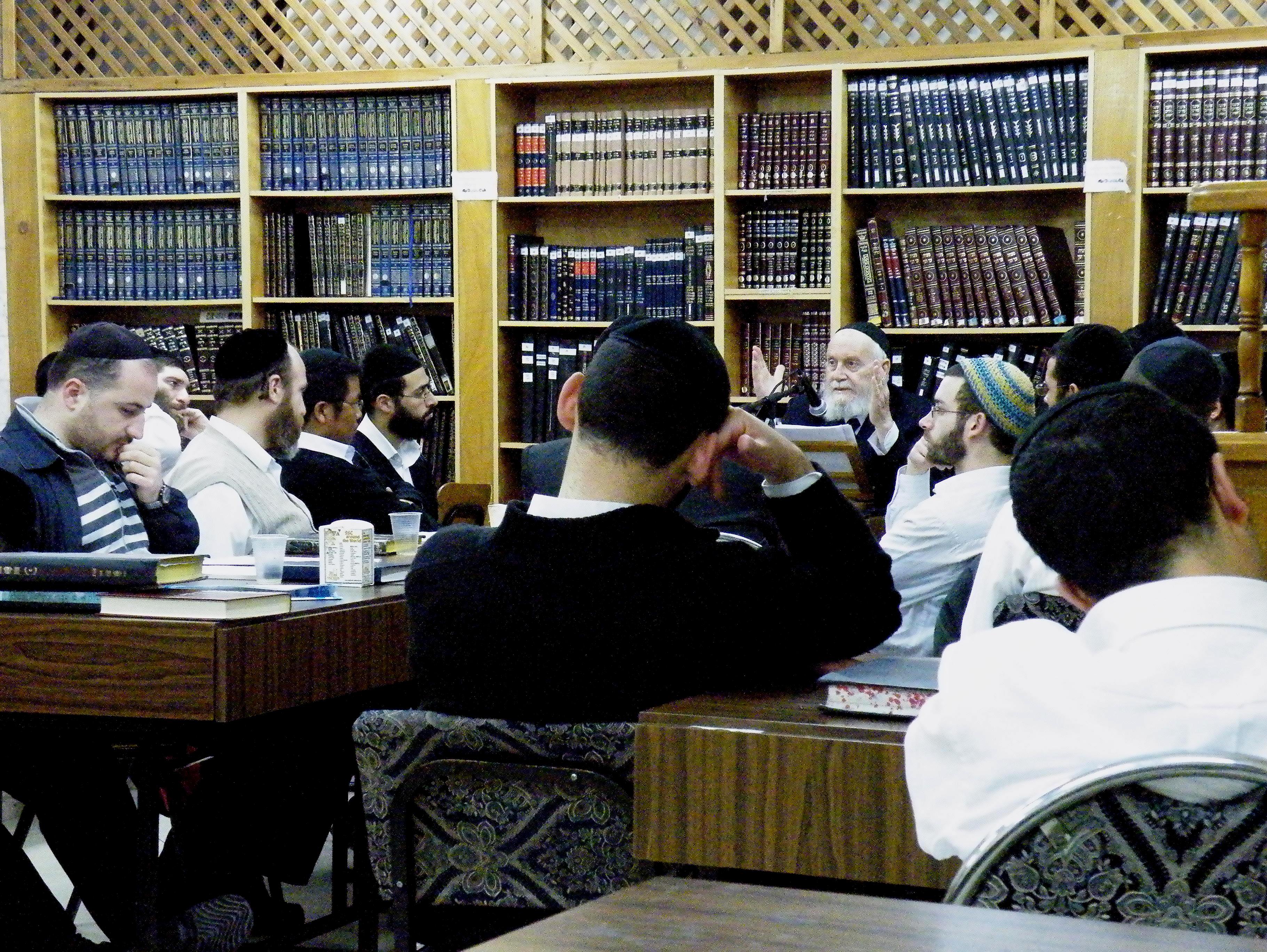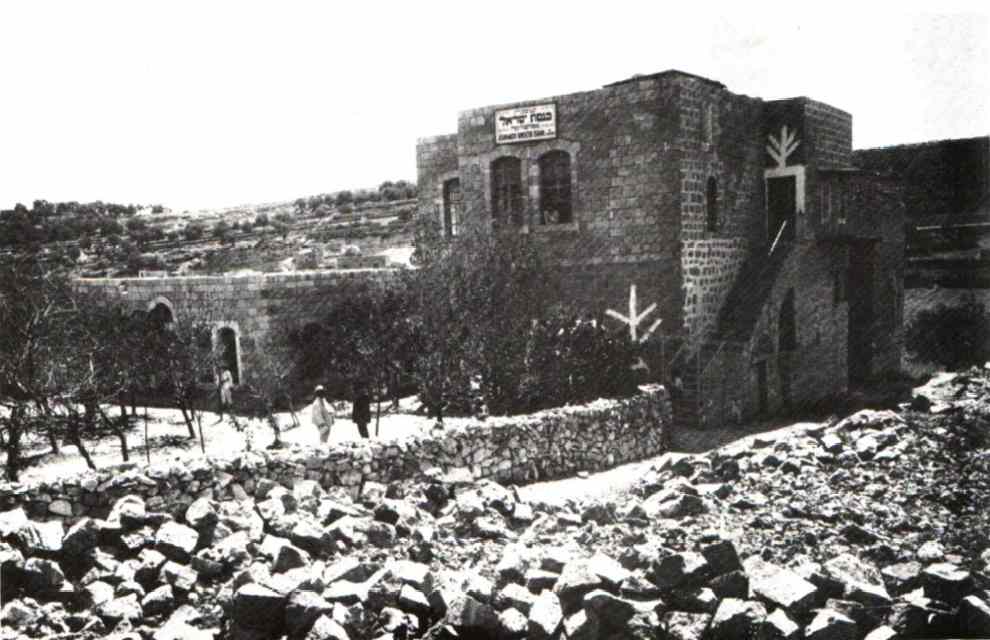|
Rabbi Eliezer Gordon
Eliezer Gordon ( he, אליעזר גוֹרְדוֹן; 1841–1910) also known as Reb Laizer Telzer (), served as the rabbi and ''rosh yeshiva'' of Telz, Lithuania. Early years Eliezer Gordon was born in 1841 in the village of Chernyany (or Čarniany), Belarus, near Vilna. His father, Avrohom Shmuel Gordon, was a student of Chaim of Volozhin. As a youngster, he studied in the Zaretza Yeshiva in Vilna, later transferring to the Yeshiva of Yisroel Salanter at the Kovno kollel yeshiva in Kovno. Concurrent outstanding fellow students included Yitzchak Blazer, Simcha Zissel Ziv, Naftali Amsterdam, Yerucham Perlman and Jacob Joseph. Salanter realized that Gordon had great potential and appointed him as a maggid shiur in the yeshiva at a young age. After his father-in-law's death, Gordon succeeded the latter as rabbi of Kovno — but he only stayed for three months. On Tuesday, 24 March (6th Nissan) 1874, Gordon took over the position of Chief Rabbi at Kelm, where he remai ... [...More Info...] [...Related Items...] OR: [Wikipedia] [Google] [Baidu] |
Simcha Zissel Ziv
Simcha Zissel Ziv Broida ( he, שמחה זיסל זיו; 1824–1898), also known as Simhah Zissel Ziv or the ''Alter of Kelm'' (the Elder of Kelm), was one of the foremost students of Yisrael Salanter and one of the early leaders of the Musar movement. He is best known as the founder and director of the Kelm Talmud Torah. Early life Simcha Zissel Ziv was born as Simcha Mordechai Ziskind Broida in 1824 in Kelmė. His father, Yisroel, belonged to the well-known Lithuanian Braude family. His mother, Chaya, was a descendant of Zvi Ashkenazi, "the Chacham Tzvi". Chaya's family name was Ziv, and her son took on his mother's family name when he moved to Grobin in 1880. Ziv married Sara Leah, the daughter of Mordechai of Vidzh, a small town near Kelm. Following his marriage he travelled to Kovno, where he studied under his foremost mentor, Yisrael Salanter, the founder of the Musar movement, at the Nevyozer Kloiz. Among the other outstanding students were Yitzchak Blazer, and Naf ... [...More Info...] [...Related Items...] OR: [Wikipedia] [Google] [Baidu] |
Pene Yehoshua (other)
Pene Yehoshua may refer to the following works of Rabbinic literature: *Commentary and novellae on the Talmud, by Jacob Joshua Falk Jacob Joshua Falk ( he, יעקב יהושע פלק) (also Yaakov Yehoshua ben Tzvi Hirsch, or Yaakov Yehoshua Falk — see Note on the name "Joshua Falk") 1680 – January 16, 1756) was a Polish and German rabbi and Talmudist, known as the Pnei ..., 1680–1756 * Responsa (''She'elot u-Teshuvot Pene Yehoshua''), by Rabbi Joshua Höschel ben Joseph, 1715 *Homilies in the order of the parashas, by Rabbi Joshua Falk, 1742 {{disambiguation ... [...More Info...] [...Related Items...] OR: [Wikipedia] [Google] [Baidu] |
Acharonim
In Jewish law and history, ''Acharonim'' (; he, אחרונים ''Aḥaronim''; sing. , ''Aḥaron''; lit. "last ones") are the leading rabbis and poskim (Jewish legal decisors) living from roughly the 16th century to the present, and more specifically since the writing of the ''Shulchan Aruch'' (Hebrew: , "Set Table", a code of Jewish law) in 1563 CE. The ''Acharonim'' follow the ''Rishonim'', the "first ones"—the rabbinic scholars between the 11th and the 16th century following the ''Geonim'' and preceding the ''Shulchan Aruch''. The publication of the ''Shulchan Aruch'' thus marks the transition from the era of Rishonim to that of Acharonim. Consequences for Halakhic change The distinction between the ''Acharonim'', ''Rishonim'' and ''Geonim'' is meaningful historically. According to the widely held view in Orthodox Judaism, the Acharonim generally cannot dispute the rulings of rabbis of previous eras unless they find support from other rabbis in previous eras. Yet the oppo ... [...More Info...] [...Related Items...] OR: [Wikipedia] [Google] [Baidu] |
Talmud
The Talmud (; he, , Talmūḏ) is the central text of Rabbinic Judaism and the primary source of Jewish religious law ('' halakha'') and Jewish theology. Until the advent of modernity, in nearly all Jewish communities, the Talmud was the centerpiece of Jewish cultural life and was foundational to "all Jewish thought and aspirations", serving also as "the guide for the daily life" of Jews. The term ''Talmud'' normally refers to the collection of writings named specifically the Babylonian Talmud (), although there is also an earlier collection known as the Jerusalem Talmud (). It may also traditionally be called (), a Hebrew abbreviation of , or the "six orders" of the Mishnah. The Talmud has two components: the Mishnah (, 200 CE), a written compendium of the Oral Torah; and the Gemara (, 500 CE), an elucidation of the Mishnah and related Tannaitic writings that often ventures onto other subjects and expounds broadly on the Hebrew Bible. The term "Talmud" may ref ... [...More Info...] [...Related Items...] OR: [Wikipedia] [Google] [Baidu] |
Shiur (Torah)
Shiur (, , lit. ''amount'', pl. shiurim ) is a lecture on any Torah topic, such as Gemara, Mishnah, Halakha (Jewish law), Tanakh (Bible), etc. History The Hebrew term שיעור ("designated amount") came to refer to a portion of Judaic text arranged for study on a particular occasion, such as a yartzeit, the dedication of a new home, or the evening of a holiday, and then to a public reading and explanation of the same. The act of teaching and studying these texts at the designated time was known in Yiddish as ''schiur lernen''. These shiurim would be attended by all classes of people; it was traditional for learned attendees to engage the lecturer in continuous discussion, and for the larger lay audience to listen intently. Concurrently, the word came to refer to the daily study quotient for students of a yeshiva, and then to the lecture given thereon. Akiva Eger, for example,would not miss learning a single ''shiur'' with the yeshiva. His ''shiurim'' with them w ... [...More Info...] [...Related Items...] OR: [Wikipedia] [Google] [Baidu] |
Telz Yeshiva
Telshe Yeshiva (also spelled ''Telz'') is a yeshiva in Wickliffe, Ohio, formerly located in Telšiai, Lithuania. During World War II the yeshiva began relocating to Wickliffe, Ohio, in the United States and is now known as the Rabbinical College of Telshe, commonly referred to as ''Telz Yeshiva'', or ''Telz'' in short. It is a prominent Haredi institution of Torah study, with additional branches in Chicago and New York. It is the successor of the New Haven Yeshiva of Cleveland. History In 1875 this famous Eastern European yeshiva was founded in the town of Telshi (russian: Тельши, lt, Telšiai, yi, טעלז, Telz) in Kovno Governorate of the Russian Empire, in order to provide for the religious educational needs of young Jewish men in Telshi and its surrounding towns. By 1900 it was "one of the three largest yeshivot in Imperial Russia." The yeshiva was established by three important Orthodox rabbis and Talmudists: * Meir Atlas, later the rabbi of Shavli (the Yiddish ... [...More Info...] [...Related Items...] OR: [Wikipedia] [Google] [Baidu] |
Shlomo Zalman Abel
Shlomo Zalman Halevi Abel (1857–1886) was one of the founders of the Telz Yeshiva and author of ''Beis Shlomo''. Biography Abel was born March 11, (15 Adar) 1857 at Novomyesto-Sugint (now Žemaičių Naumiestis) in the Kovno Governorate of the Russian Empire (present-day Lithuania). In 1875, together with Meir Atlas and Zvi Yaakov Oppenheim, he assisted in establishing the Telz Yeshiva and subsequently taught there. He was the brother-in-law of Shimon Shkop. Abel died on Tuesday October 12, (13th Tishrei) 1886. Works *''Beis Shlomo'', published posthumously in Vilna in 1893, deals primarily with aspects of Halacha ''Halakha'' (; he, הֲלָכָה, ), also transliterated as ''halacha'', ''halakhah'', and ''halocho'' ( ), is the collective body of Jewish religious laws which is derived from the written and Oral Torah. Halakha is based on biblical comman ... pertaining to financial matters. References Jewish Encyclopedia: ABEL, SOLOMON BEN KALMAN HALEVI 1857 bir ... [...More Info...] [...Related Items...] OR: [Wikipedia] [Google] [Baidu] |
Zvi Yaakov Oppenheim
Zvi Yaakov Oppenheim ( he, צבי יעקב אופנהיים; 1854-1926) was Chief Rabbi of Kelm, Lithuania, and one of the founders of the Telz Yeshiva. Biography Rabbi Oppenheim was born in 1854 in the small village of Yakubowe (now Jokūbavas, Kretinga district, Lithuania). He showed extraordinary talents from his earliest youth and at age nine could already study a page of Talmud with commentaries on his own. He was an orphan, and his relatives sent him to Trishik, where he studied with the local rabbi and teacher, Rabbi Lev Szpiro, a son of Rabbi Leibele Kovner. From Trishik he traveled to the study group of Rabbi Yosef Rosin, who was then chief rabbi in Telz. He was already famous in Telz as a great scholar and while he was still a very young man, Rabbi Simcha Zissel Ziv chose him as the head of his modern mussar yeshiva. After several years there, he returned to Telz and taught Talmud to the students in the group in which he himself had once studied. In 1883, Rabbi El ... [...More Info...] [...Related Items...] OR: [Wikipedia] [Google] [Baidu] |
Meir Atlas
Meir Atlas ( he, מאיר אטלס; 1848–1926) was the rabbi of numerous communities in pre-World War II Europe and one of the founders of the Telz Yeshiva. He was an outstanding halachic authority who authored many responsa and was one of the foremost Lithuanian rabbis of his time. Biography Rabbi Meir Atlas was born in 1848 in Baisagola, Lithuania. In 1875, together with Rabbi Zvi Yaakov Oppenheim, Rabbi Shlomo Zalman Abel and the help of a German Jewish layman, Ovadyah Lachman, Atlas founded the Telz Yeshiva in Telz, Lithuania. He later served as rabbi and spiritual leader in a number of cities, including Libau in Latvia, Salant in Lithuania, and Kobryn in Belarus Belarus,, , ; alternatively and formerly known as Byelorussia (from Russian ). officially the Republic of Belarus,; rus, Республика Беларусь, Respublika Belarus. is a landlocked country in Eastern Europe. It is bordered by .... In 1904, Rabbi Atlas was appointed rabbi to the com ... [...More Info...] [...Related Items...] OR: [Wikipedia] [Google] [Baidu] |
Hebron Yeshiva
Hebron Yeshiva, also known as ''Yeshivas Hevron'', or Knesses Yisroel, is a yeshiva devoted to high-level study of the Talmud. It originated in 1924 when the roshei yeshiva and 150 students of the Slabodka Yeshiva, known colloquially as the "mother of yeshivas", relocated to Hebron. Relocation of Slabodka Yeshiva to Palestine A 1924 edict requiring enlistment in the military or supplementary secular studies in the yeshiva led a large number of students in the Slabodka yeshiva to relocate to the Land of Israel, at that time Palestine under the British mandate. Rabbi Nosson Tzvi Finkel, also known as "Der Alter fun Slabodka" (''The Elder of Slabodka''), sent Rabbi Avraham Grodzinski to head this group and establish the yeshiva in Hebron. Upon Grodzinski's return to Slabodka, the Alter transferred the ''mashgiach ruchani'' responsibilities to him, and the ''rosh yeshiva'' duties to Rabbi Yitzchok Isaac Sher, and he moved to Hebron to lead the yeshiva there together with Rabbi Mos ... [...More Info...] [...Related Items...] OR: [Wikipedia] [Google] [Baidu] |
Kelmė
Kelmė (; is a city in northwestern Lithuania, a historical region of Samogitia. It has a population of 8,206 and is the administrative center of the Kelmė district municipality. History Kelmė's name may come from the Lithuanian ''kelmynės'', literally: ''the stubby place'', because of the forests that were there at the time of its founding. Kelmė was first mentioned in 1416, the year that Kelmė's first church was built. Prior to World War II, Kelmė ( yi, Kelm) was home to a famous Rabbinical College, the Kelm Talmud Torah. According to an 1897 census, 2,710 of Kelme's 3,914 inhabitants were members of the town's Jewish population, the vast majority of whom were merchants and traders and lived in the town. Most of the Jews in Kelmė rural district were murdered during a mass execution on July 29, 1941. On August 22 a second mass execution occurred. On October 2, 1941, some Kelmė and Vaiguva Jews were murdered in Žagarė. The executions were committed by Lithuanians ... [...More Info...] [...Related Items...] OR: [Wikipedia] [Google] [Baidu] |



.png)
